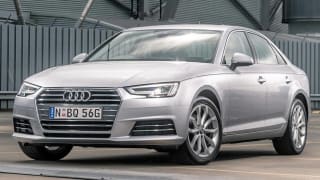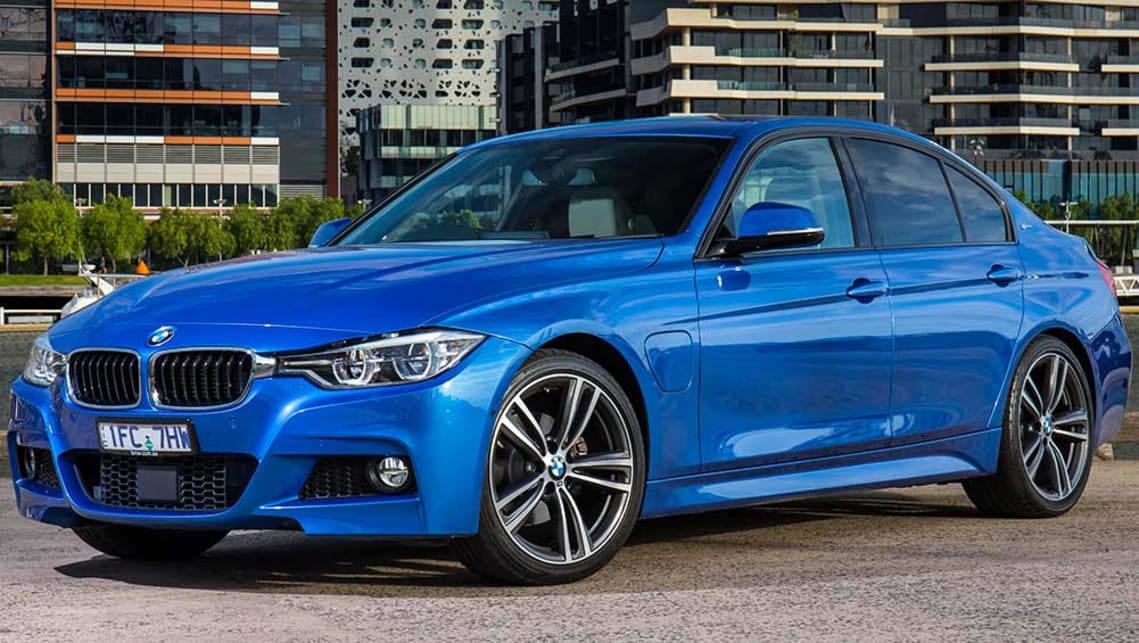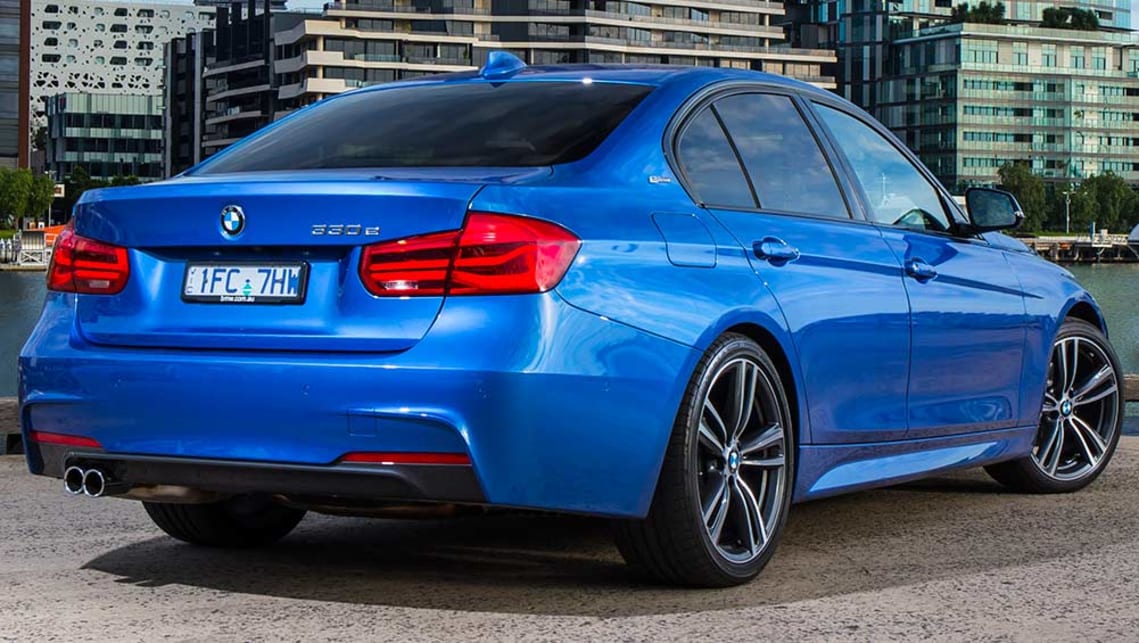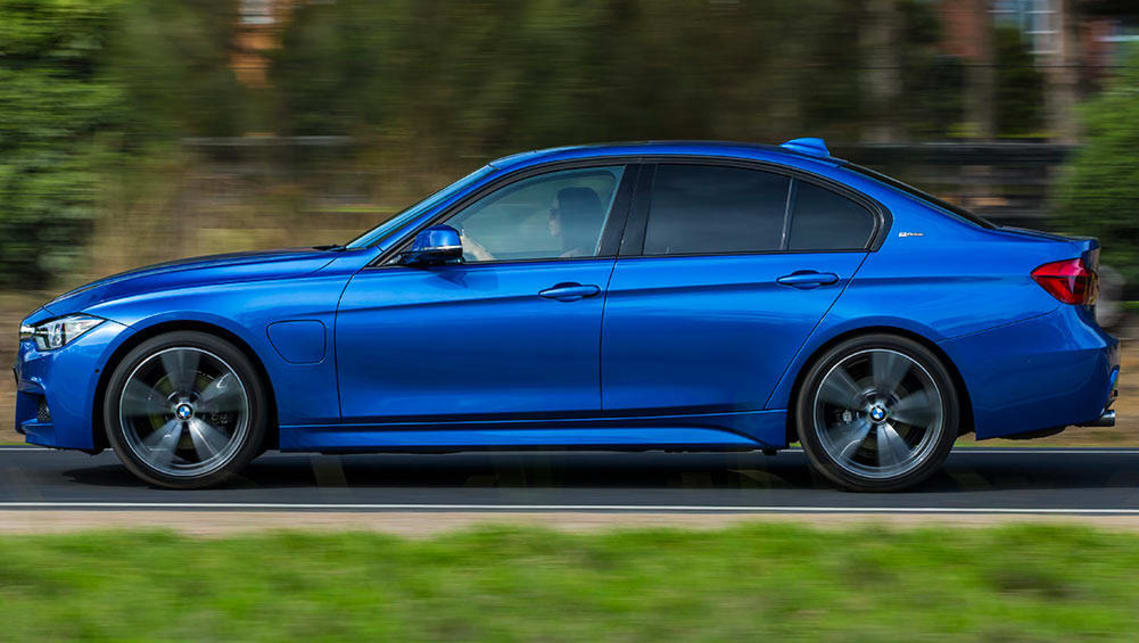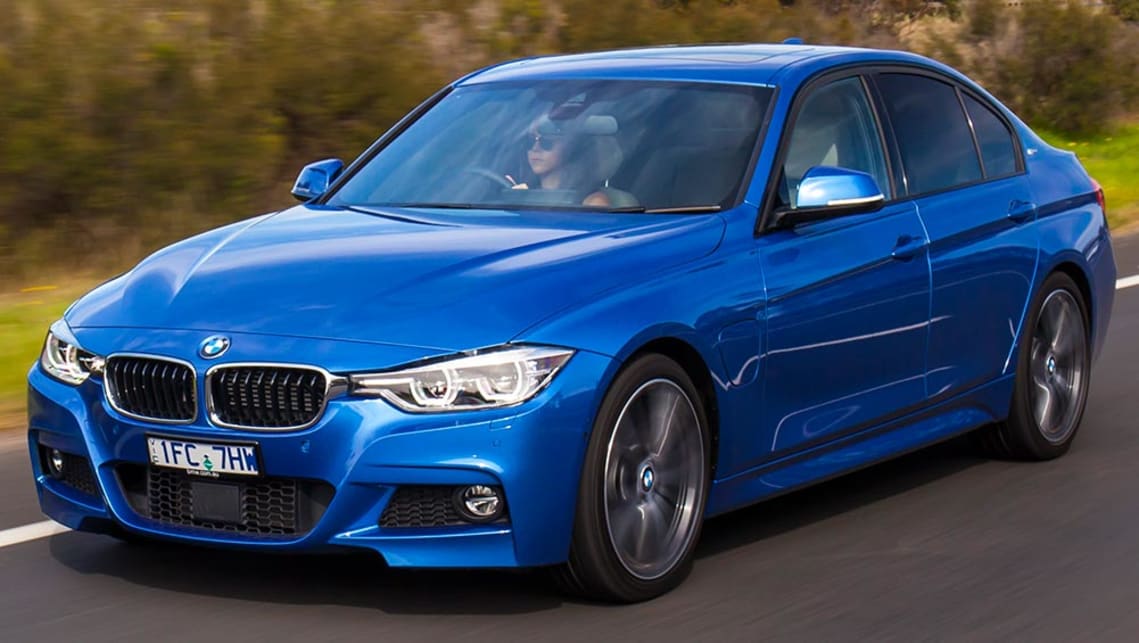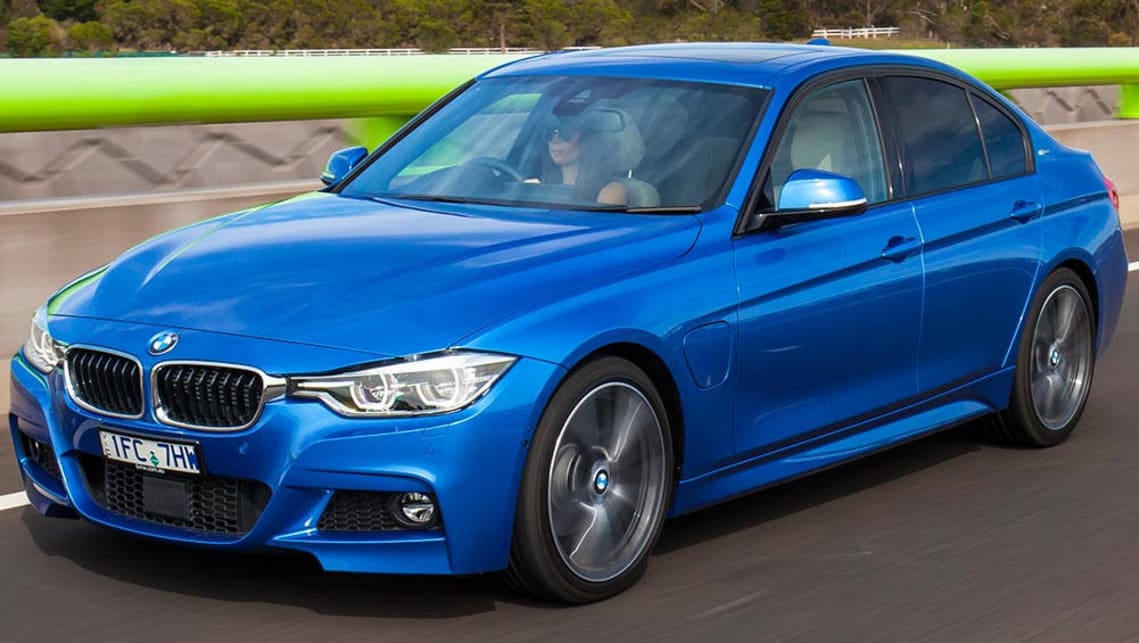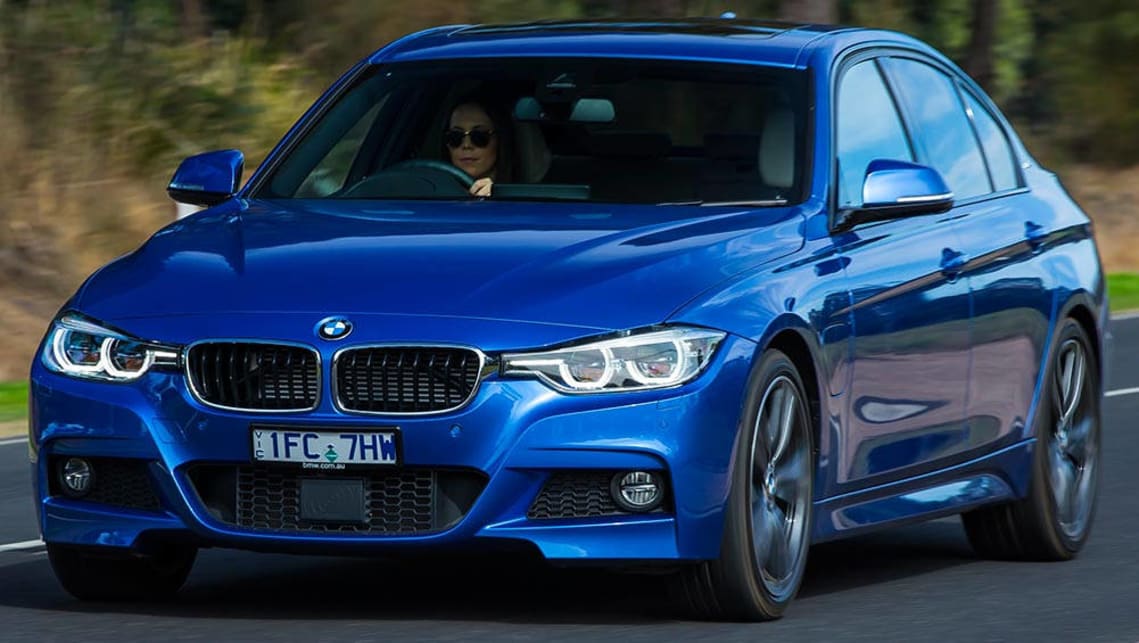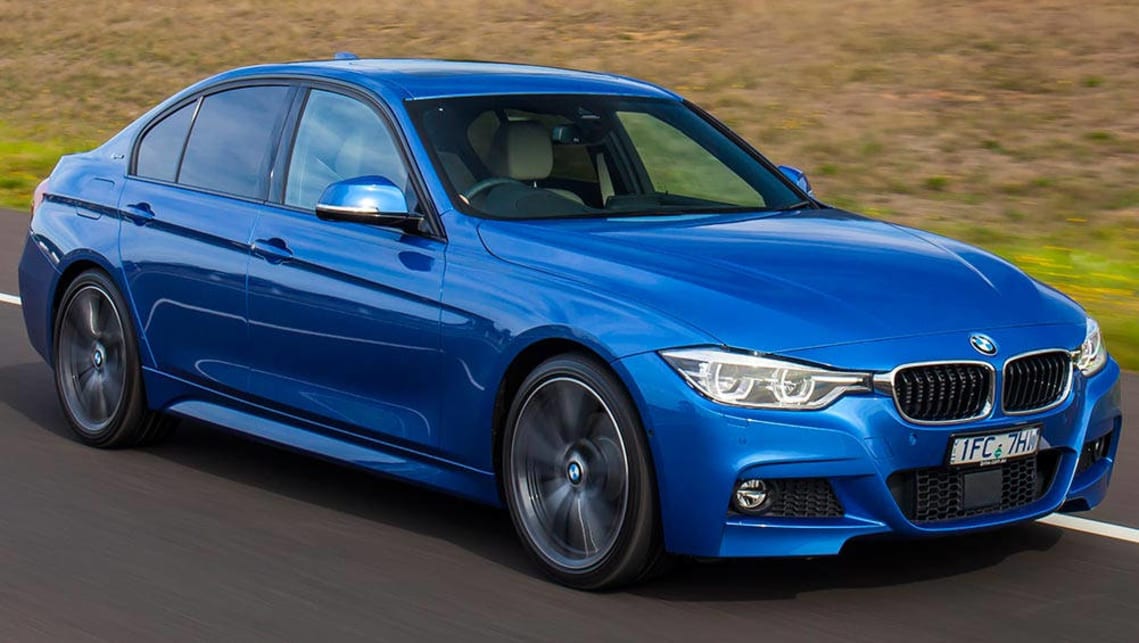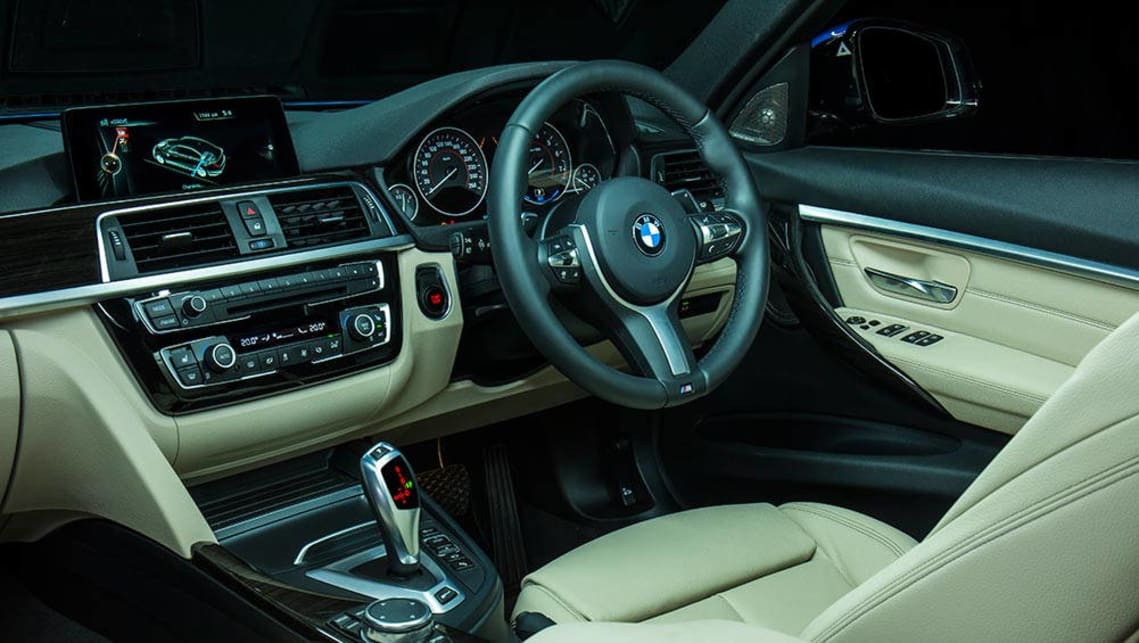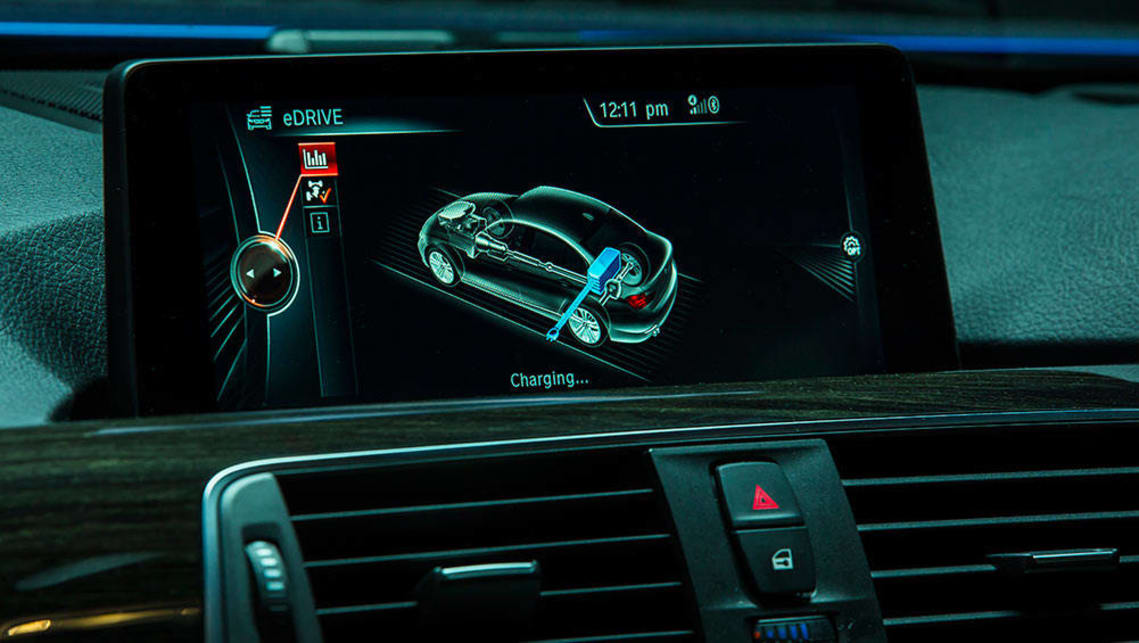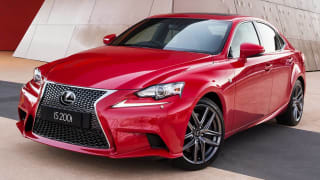The BMW 330e is a petrol-electric hybrid that leans more in the direction of performance than economy.
Which comes as no surprise given that the sporting German marque has long pushed its designs in the direction of handling and powertrain dynamics. To emphasise this, the 3 Series hybrid has been introduced as the latest member of the BMW iPerformance range.
Note that the BMW X5 xDrive 40e petrol-electric, which arrived only a matter of weeks before the 330e, is also listed as an iPerformance model.
The X5 and 3 Series ranges are the two biggest selling model series in the BMW range so the company’s intention of pushing hard in the direction of clean cars is very clear.
A zero to 100 km/h time of 6.1 seconds would have put it into V8 territory not that many years ago.
The BMW 330e can be charged from a standard electric powerpoint in about 3.5 hours, from a dedicated BMW iWallbox in 2.25 hours costing $1750 plus installation, or at public charging stations. There are now 262 public charging stations Australia wide, almost all of which provide free electricity.
Styling
Visually, the BMW 330e looks almost the same as any other 3 Series. Giveaways are a charging socket panel located in the left front guard and “eDrive” badges on the C-pillars.
Naturally, the readouts on the dashboard are different as the 330e provides information on driving and the different choices of driving modes. The latter allows pure electric, petrol only, or combinations of the two.
Features
As well as a six-speaker audio system with AM, FM and DAB+, USB and auxiliary inputs and Bluetooth and hands-free phone operation, the 330e also features a hybrid-specific version of the BMW Remote app, eDrive Services.
This allows checking the battery status and locating public charging stations.
Engine / Transmission
An electric motor sits between the 2.0-litre four-cylinder petrol engine (it’s based on the unit used in the standard BMW 321i petrol) and the eight-speed conventional automatic.
Maximum combined power when using both petrol and electricity is 185 kW, with top torque of 420 Nm.
Thus the 330e has the same peak power as a pure petrol BMW 330i; but the big torque inherent in electric motors means the 330e has 70 Nm more grunt than the 330i pure petrol.
A zero to 100 km/h time of 6.1 seconds would have put it into V8 territory not that many years ago.
Driving
Seating room is identical to that in the rest of the 3 Series sedan range. Meaning it’s good in front and not too bad in the back.
The BMW 330e has 100 litres less boot space than the other models. The missing room is due to the bulky battery pack under the rear floor.
Luggage space can be increased by folding down the 40/20/60 rear seat backrests if you do want to get back some the missing cargo room.
BMW Australia says the 330e hybrid has a realistic range of 28 to 32 kilometres when running purely on electricity.
The company also points out that statistically the average commute by Australians living in metro areas is 15.6 km. So it’s possible to go all week without using petrol.
If you are able to charge the car at work as well as home you can live a fair way out to town, with the further advantage that the boss has paid for half of your electricity!
All our charging was done at home using the 10amp socket in the garage. We simply plugged it in each evening so the three-and- a-half hours required was never a hassle.
During our week’s test we found the range to be within BMW’s predictions, typically managing 25 to 30 kilometres of suburban running.
The biggest delight in driving any hybrid or pure electric vehicle is the instant acceleration due to the torque of the electric motor. BMW drivers who like to drive should get themselves into the seat a 330e to see what it feels like. Interestingly, even when the petrol engine did kick in the car was still very quiet. Only at idle, when the battery was low could you hear the petrol unit.
The standard stop-start on the petrol was quick, but you do feel and hear it happening.
Which is a surprise as we feel the big torque from the electric motor would have made for imperceptible starting.
At speeds up to 30 km/h the 330e makes a discreet sound when operating on electric power only to alert pedestrians who don’t look before crossing the road. We did have a situation in an underground shopping centre carpark where a pedestrian didn’t appear to know we were behind her. So I kept well back just in case she did something unexpected.
Interestingly, the hybrid’s suspension settings lean slightly more in the comfort direction when compared with the BMW 330i petrol. BMW correctly assumes hybrid drivers are keener on economy rather than screaming around bends. Not that the hybrid’s going to disappoint as its dynamics are still pretty impressive.
